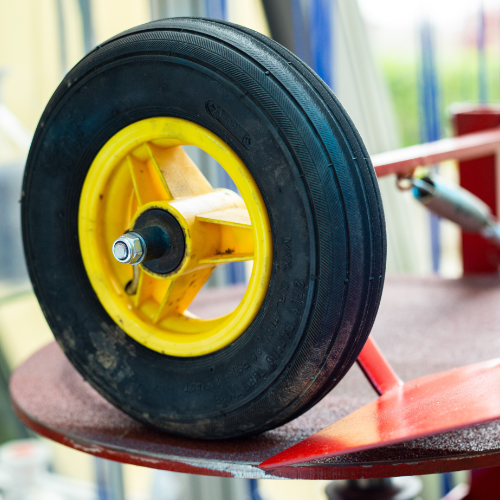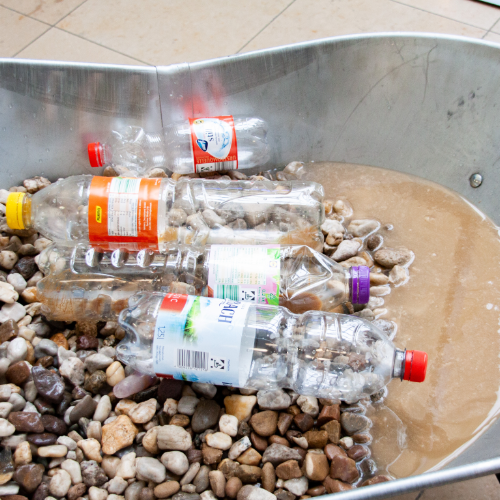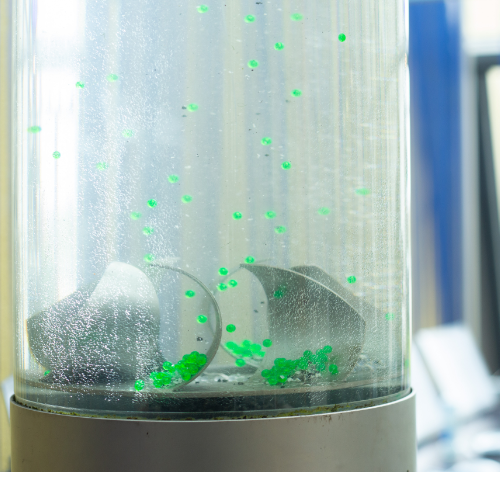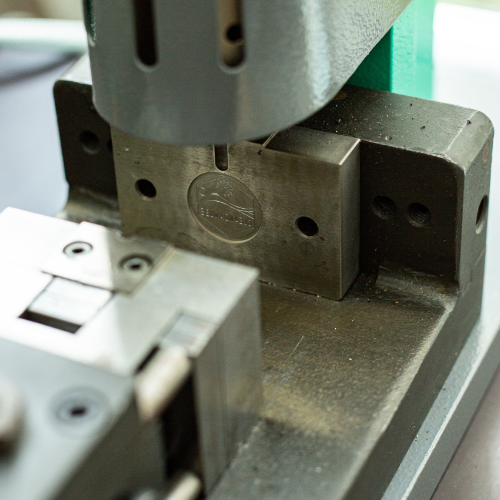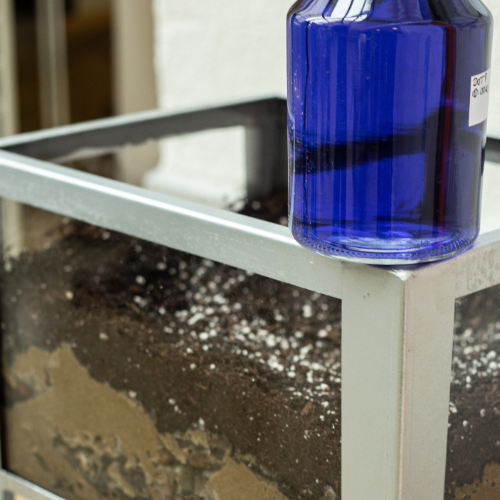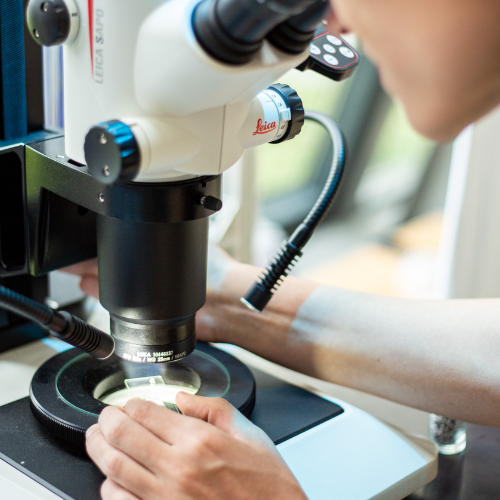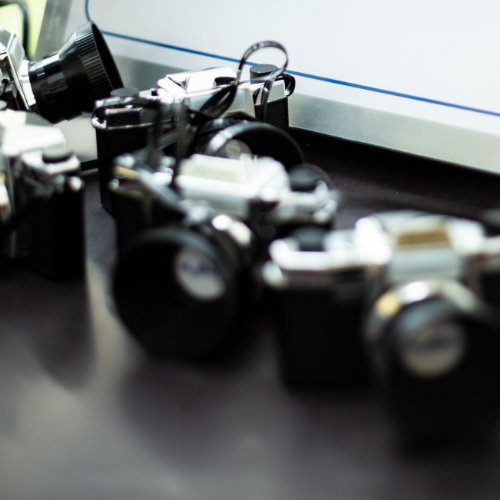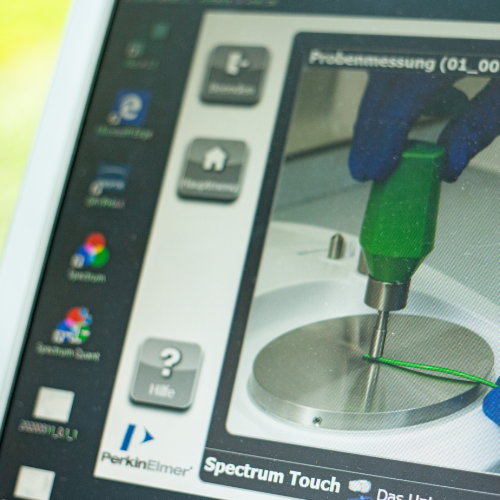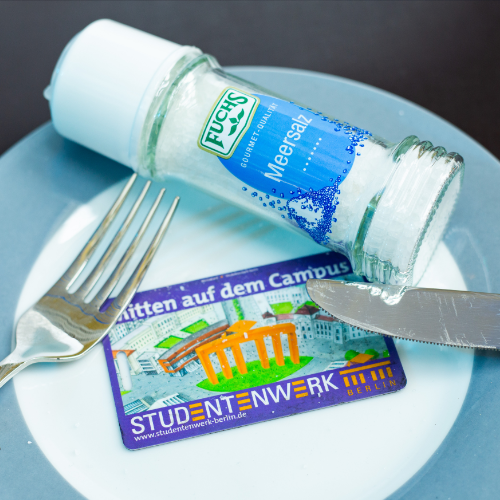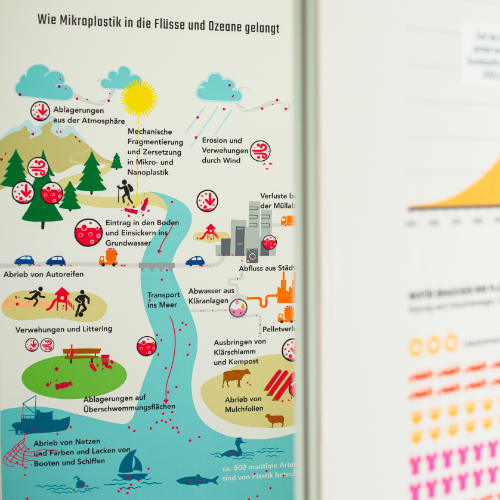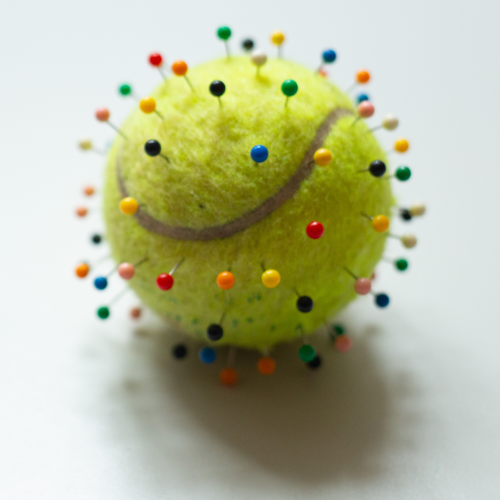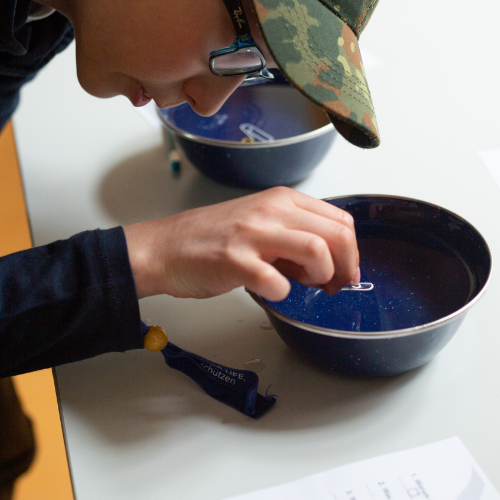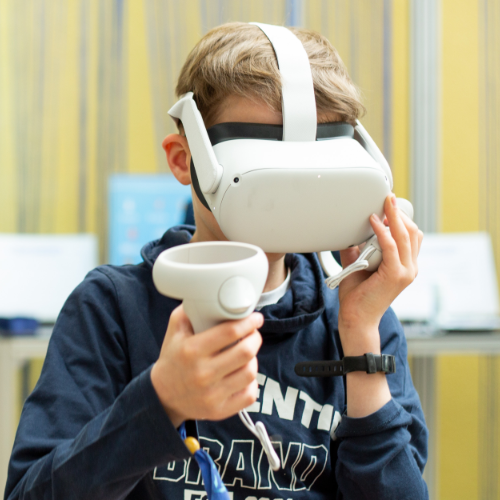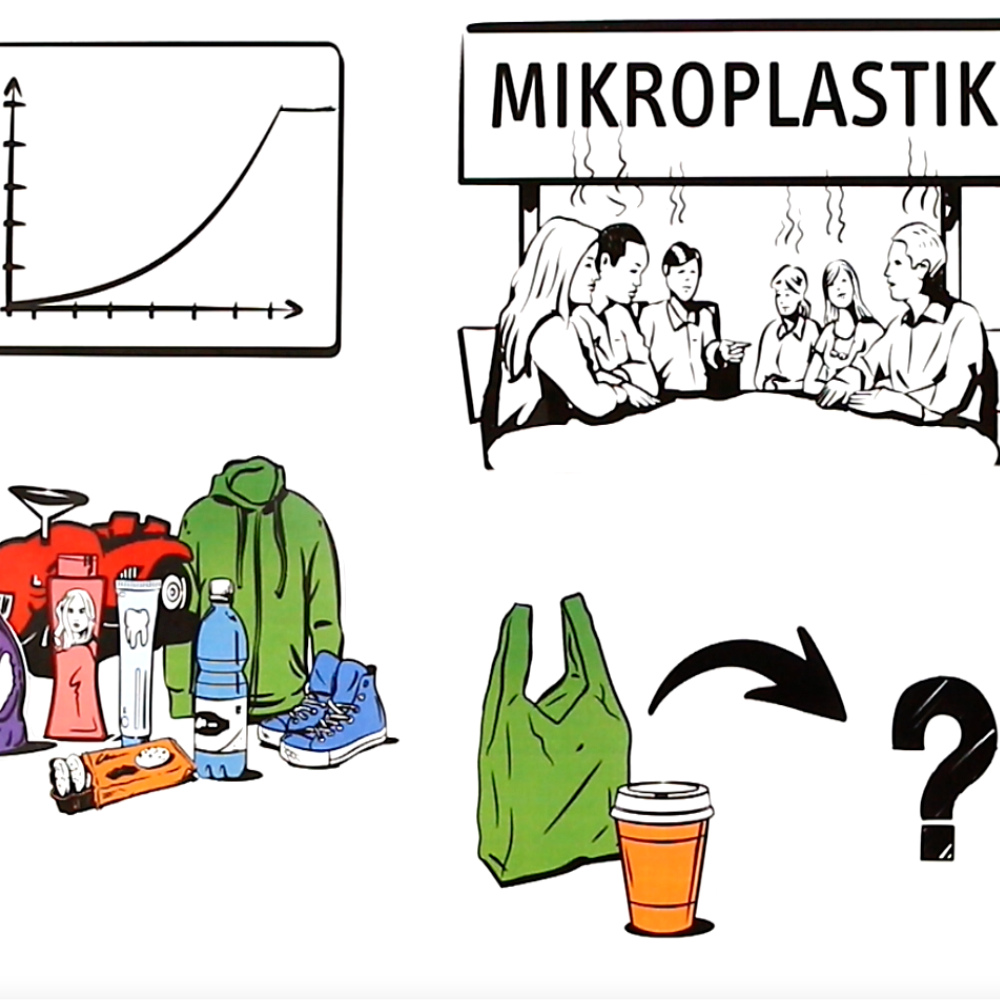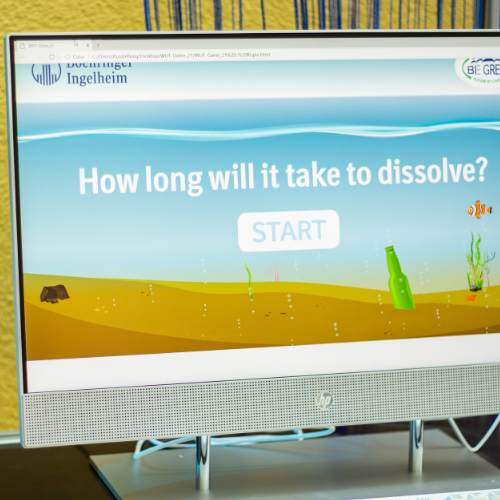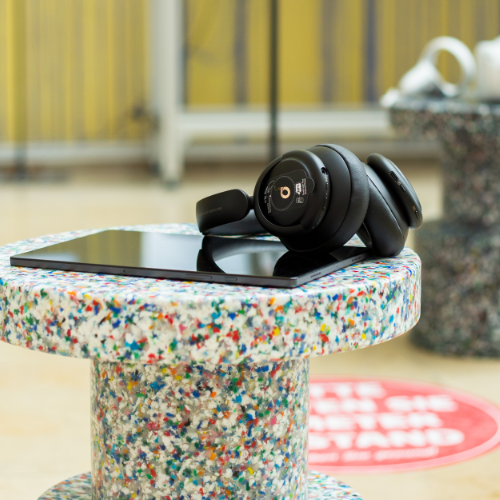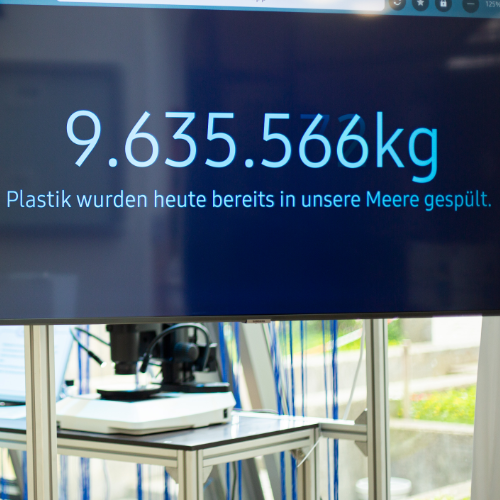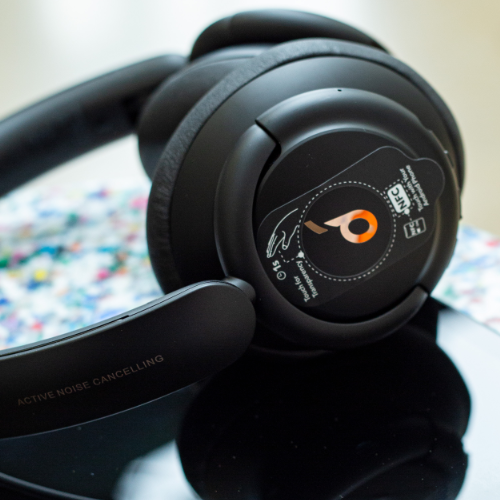Our Science Workshop addresses the pollution of our waters by macro- and microplastics. It conveys the importance of intact water ecosystems in a hands-on way and presents solutions for how we can escape the flood of plastic. Across 19 modules, we offer experiments and activities that allow participants to experience and understand the impact of plastic on our environment through direct observation and discovery.
Our Science Workshop is highly versatile – it is suitable for conservation projects, companies, trade fairs, and educational institutions. Contact us for more information and book our Science Workshop for your event.


The individual stations are experimental and encourage participants to become actively involved. Seeing, hearing, and feeling create an experience that not only explains content but also promotes long-term understanding. Information boards provide background knowledge and present facts in an engaging and accessible way. Clear graphics embed the practical findings into a coherent and comprehensive overall picture.
With our modules, information boards, and practical tips, we show the effects of plastic on our environment and offer concrete everyday solutions. Thanks to the hands-on experiences, these solutions really stick.
15 Modules
Learning through hands-on experience: the interactive modules at each station, often with an experimental background, inspire participants to try things out and get involved. Seeing, hearing, and feeling create an experience that not only explains content but also ensures that the insights gained have a lasting impact.
Information Boards
Shedding light on backgrounds, highlighting interconnections, and presenting facts in a clear format. Using easy-to-understand graphics, all key content is conveyed in a compact way. The information boards embed the practically gained insights into a coherent overall picture—encouraging participants to look beyond the obvious.
Areas of Application
Our Science Workshop can be used in a variety of settings: nature conservation projects, trade fairs, companies, events, or educational institutions. We bring the Science Workshop to you and take care of setup. We can also provide supervision or train your staff.
